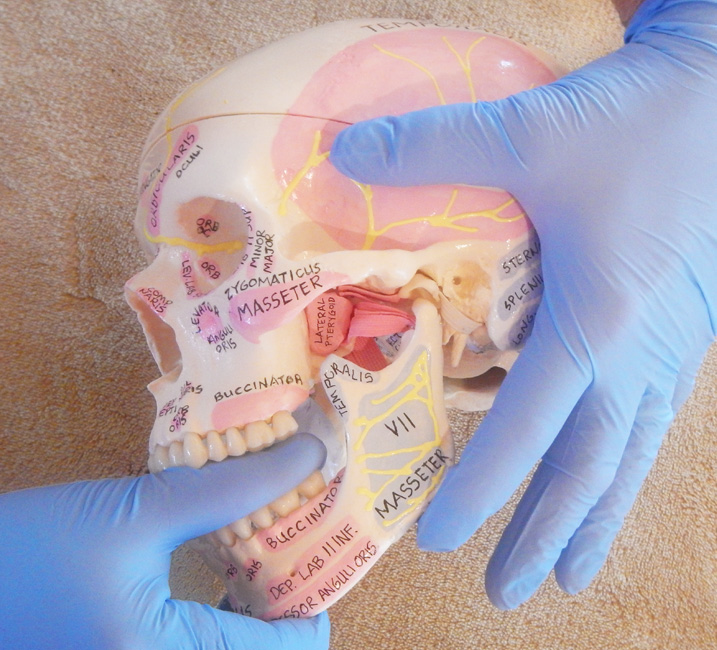This post was originally published at TreatingTMJ.com.
According to the National Institute of Dental and Craniofacial Research, “The most common cause of facial pain is a group of conditions called temporomandibular joint and muscle disorders (TMJDs). These disorders cause recurrent or chronic pain and dysfunction in the jaw joint and its associated muscles and supporting tissues.
TMJDs are the second most commonly occurring musculoskeletal conditions resulting in pain and disability (after chronic low back pain), affecting approximately 5 to 12% of the population, with an annual cost estimated at $4 billion. About half to two-thirds of those with TMJ disorders will seek treatment.
Among these, approximately 15% will develop chronic TMJD.” Assuming my math is right, there are currently over 316 Million people in the USA and over 7 billion in the world therefore based on the NIDCR reports, 16 to 38 million just in the US and worldwide 350 million to 840 Million people suffer from some form of Temporomandibular Disorders (TMD) or facial pain. This is a staggering number.
The other challenge is not all healthcare professionals who specialize in TMD can agree on the same way to diagnosis, much less treat these disorders. Which sadly leaves you, the patient, trying to figure out how to best treat and manage your condition.
At Freedom Physical Therapy Services, we chose to follow a landmark paper that was published in 1992 by Samuel Dworkin, et al. in the Journal of Craniomandibular Disorders: Facial and Oral Pain. The title of the research paper was called the “Research Diagnostic Criteria for Temporomandibular Disorders”. When this paper was first published it was meant to be a working document, but there have been very few revisions for almost 22 years.
Recently, Dr. Eric Schiffman, et. al published in 2014, some newly recommended diagnostic criteria for TMD. I plan to cover some of the revisions in future blogs. But the brief summary of the first paper done in 1992 basically tried to provide a way to systemically evaluate people with potential TMD and try to categorize them based on diagnosis, so the best treatment could be performed based on the appropriate diagnosis.
In general terms, most TMDs fall into muscle disorders or pain, disc displacements or finally joint/arthritis related pain and dysfunction. And as in many cases, most of us who treat people with TMD, will find our client’s have 1 of the 3 conditions, 2 of the 3 conditions or all 3 occurring at the same time. There is another component to the RDCTMD paper, and that covers behavioral and psychosocial factors.
I feel it is important to make sure you find a TMJ specialist that had received additional education and training in TMD. It is important for you, the consumer, to make sure your care begins with the most cost effective, least invasive, and REVERSABLE therapies. I look forward to providing information and knowledge, and to be a resource for your recovery from TMD, facial pain, headaches, etc.


Hi,
I am Bala, part of the Anatomy teaching team in University of Saskatchewan. I came across your youtube channel where you have used this skull to explain TMJ anatomy. It was very interesting.
I want to know if this model is showing the TMJ ligaments. I am looking for a skull that can show all three ligaments that acts on the TMJ.
Thank you,
Bala